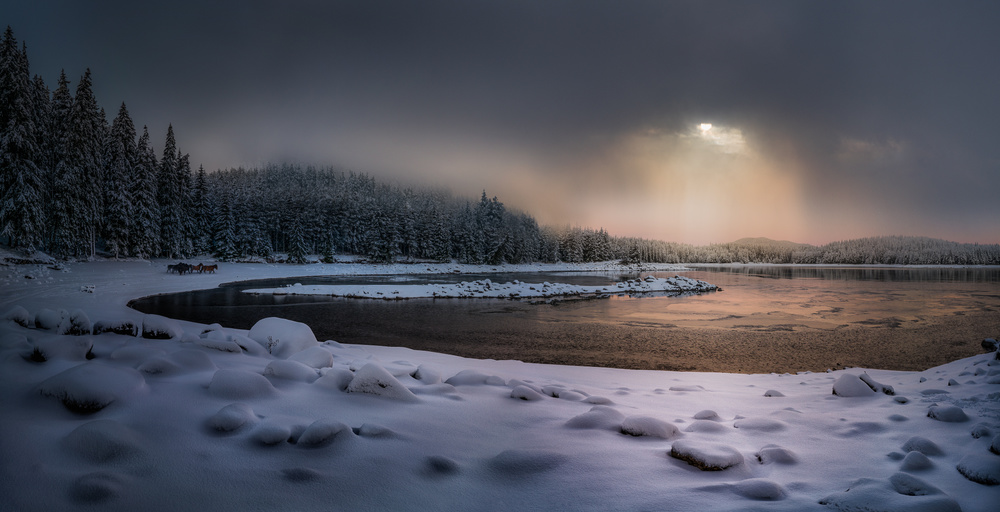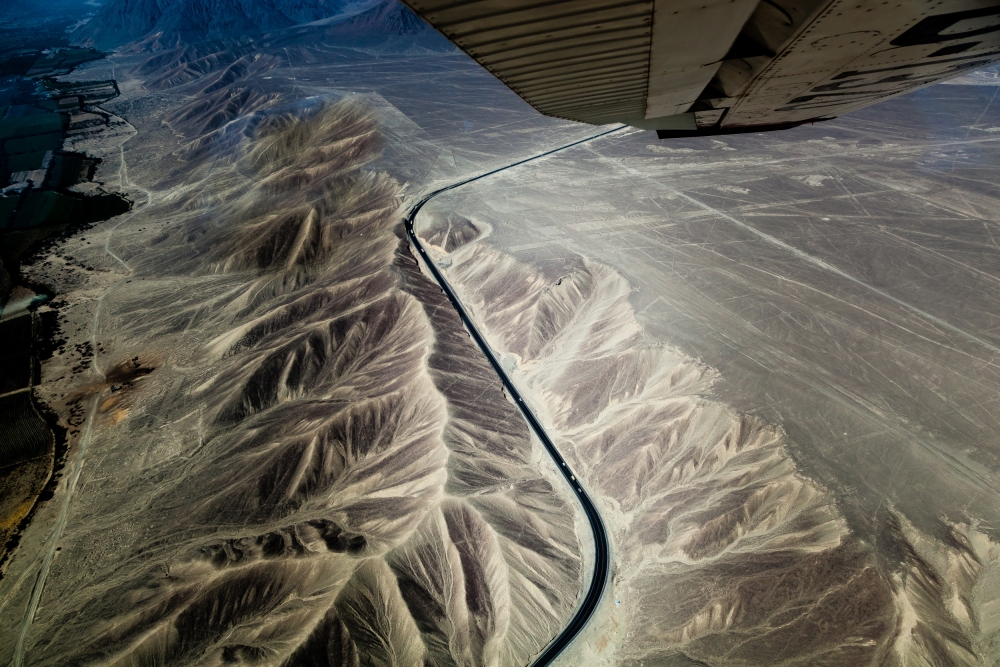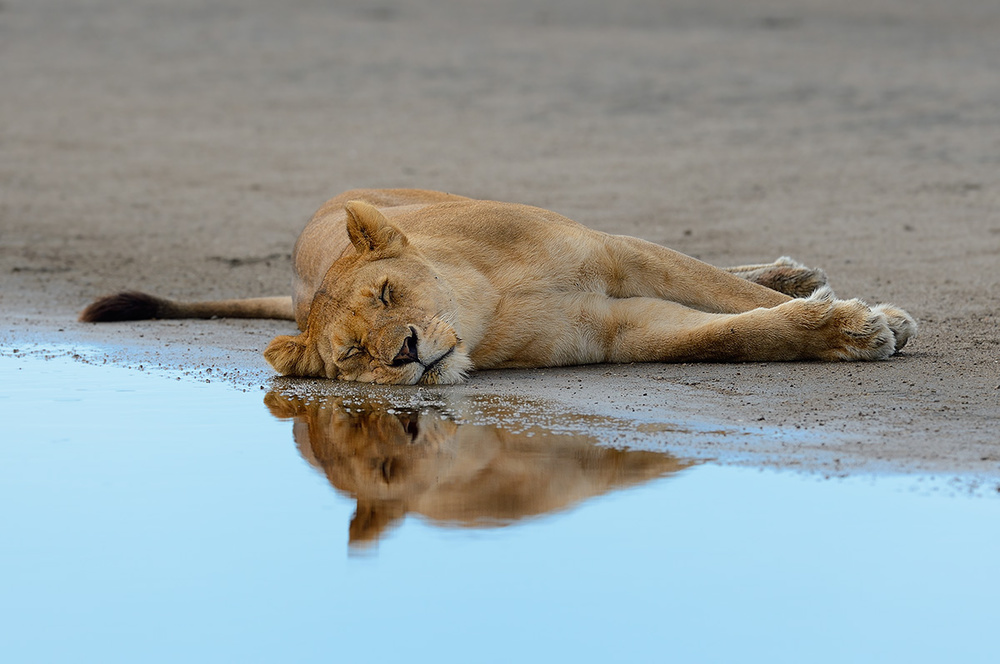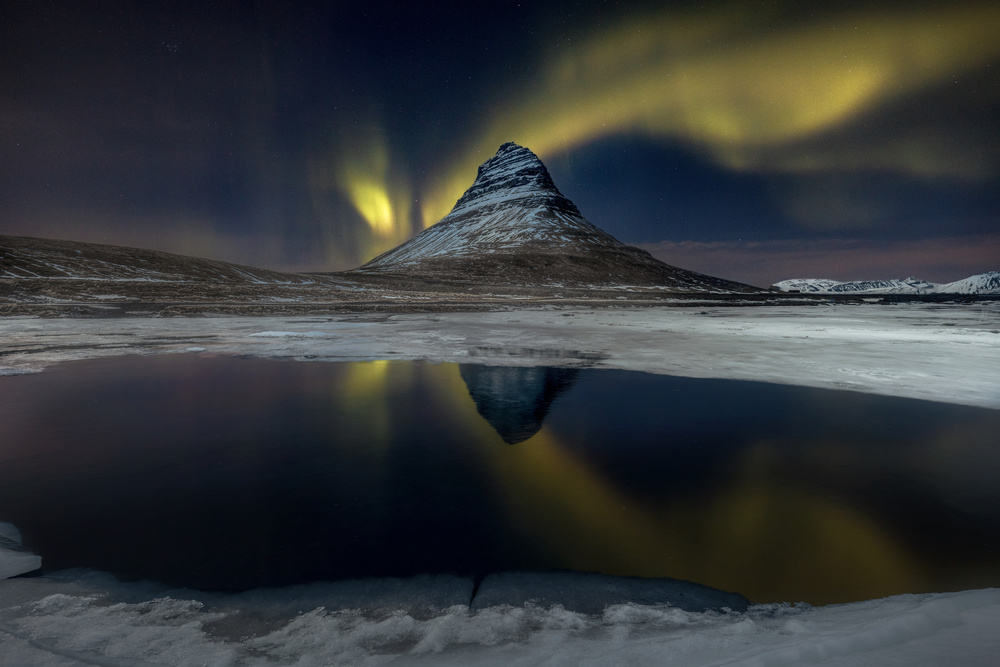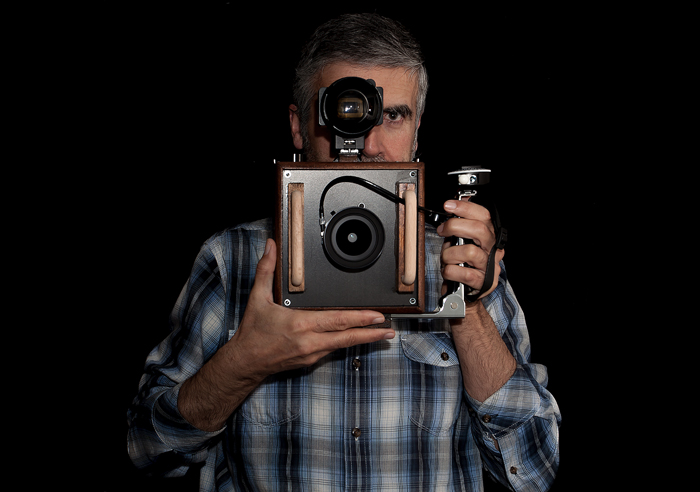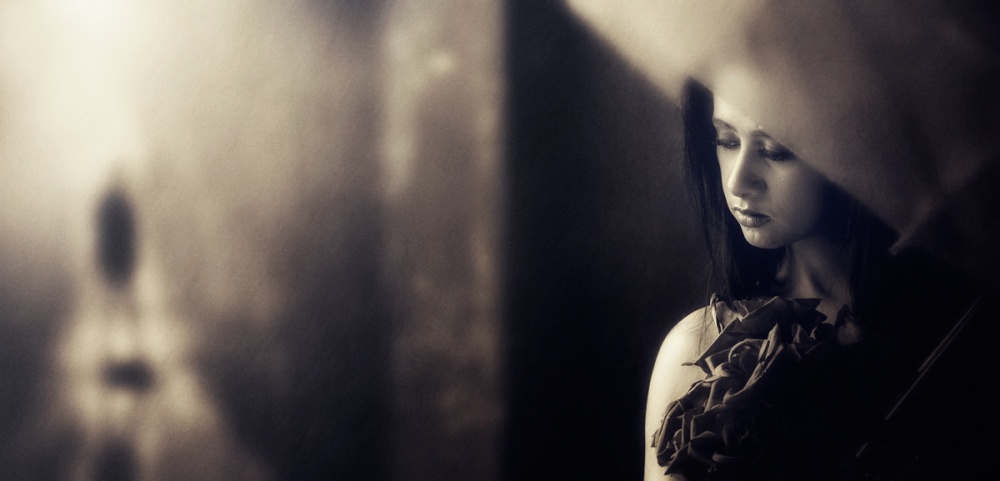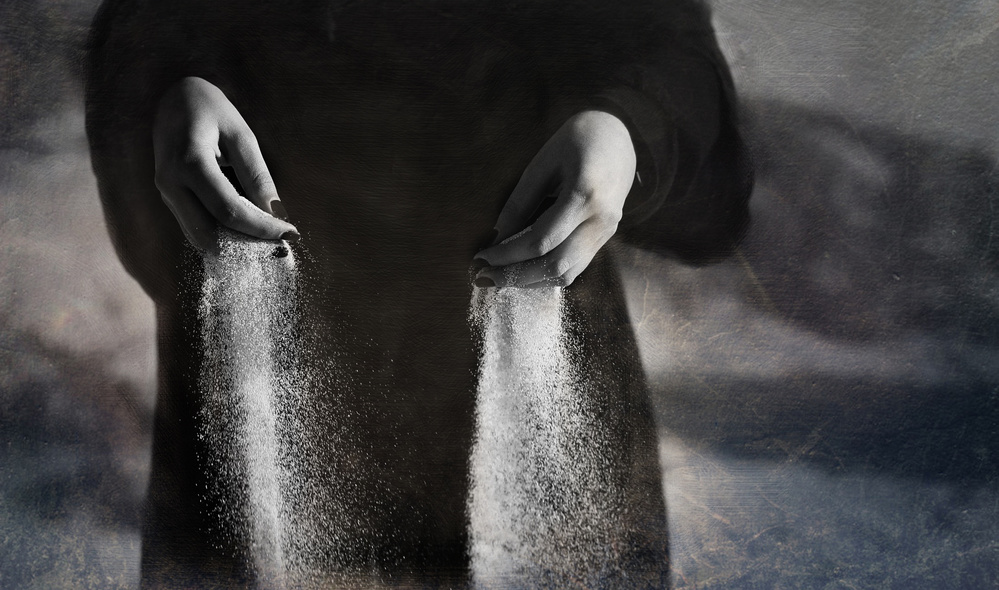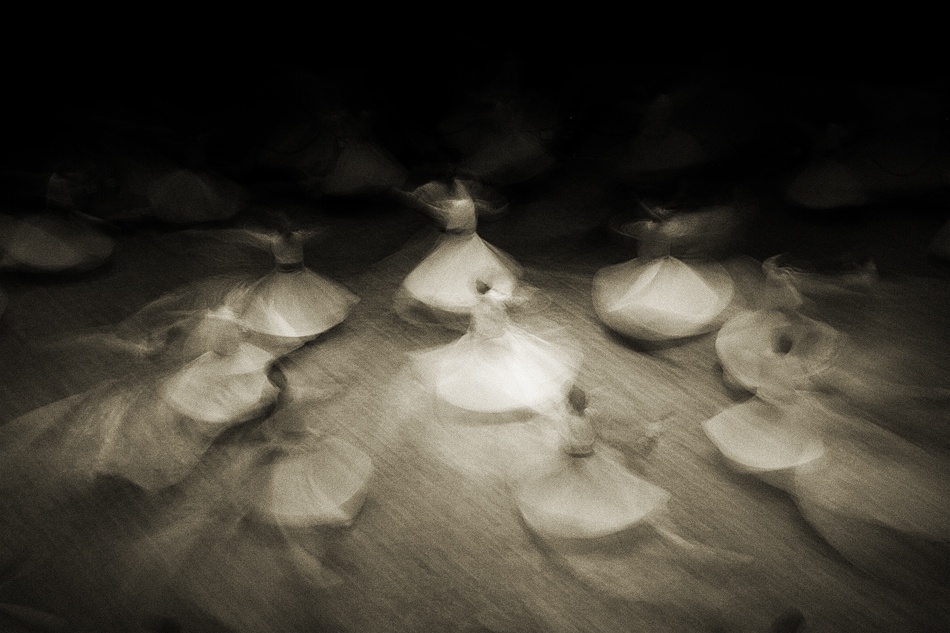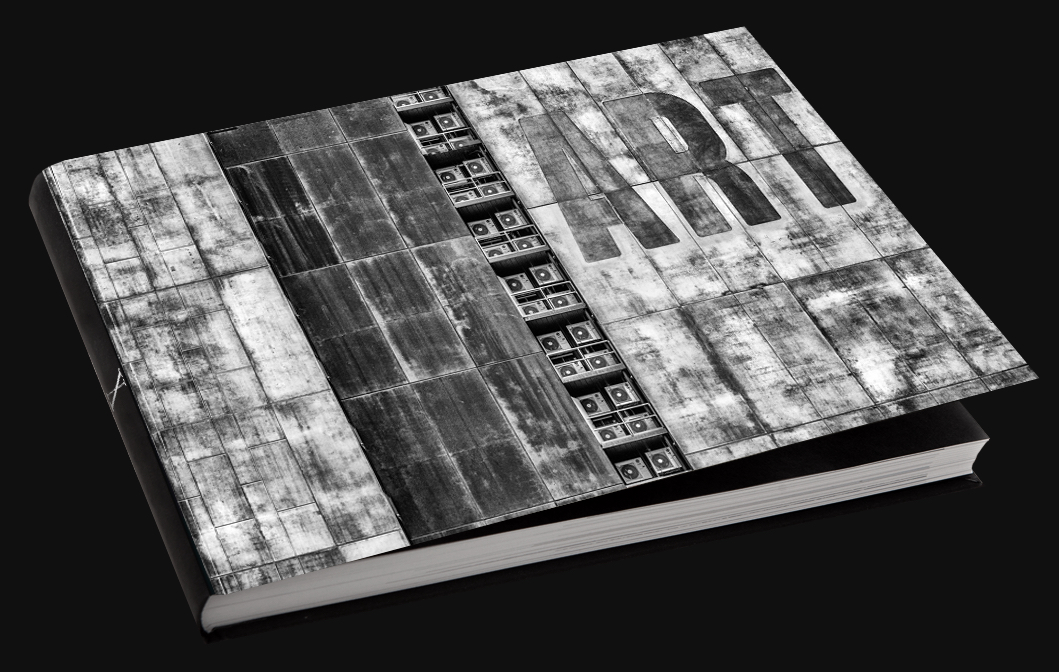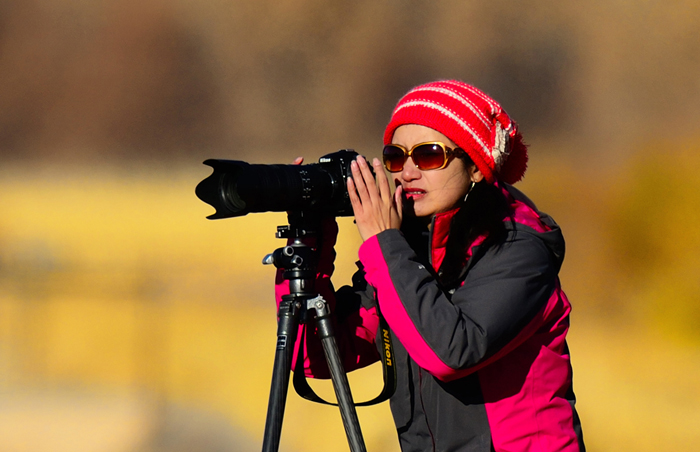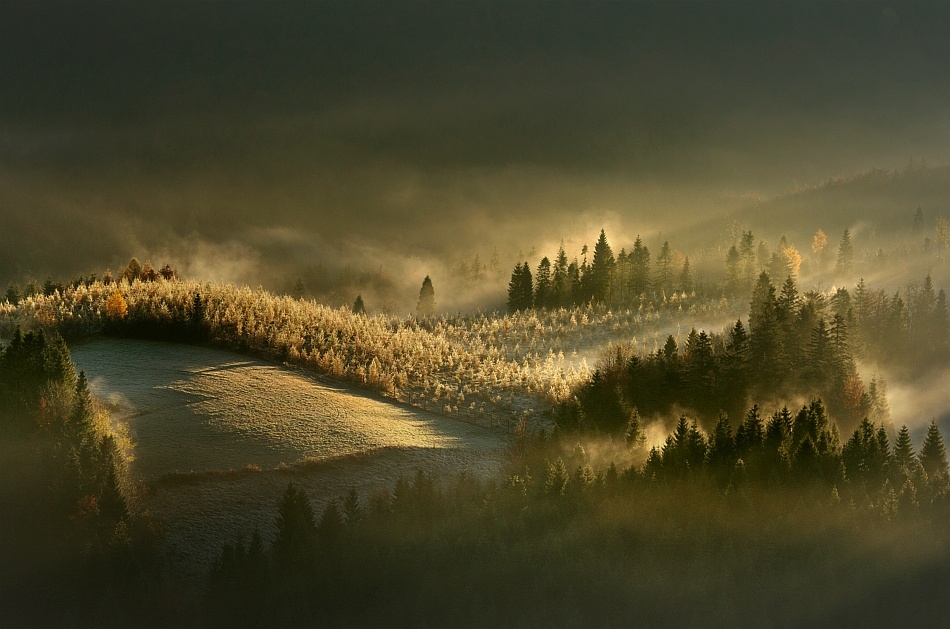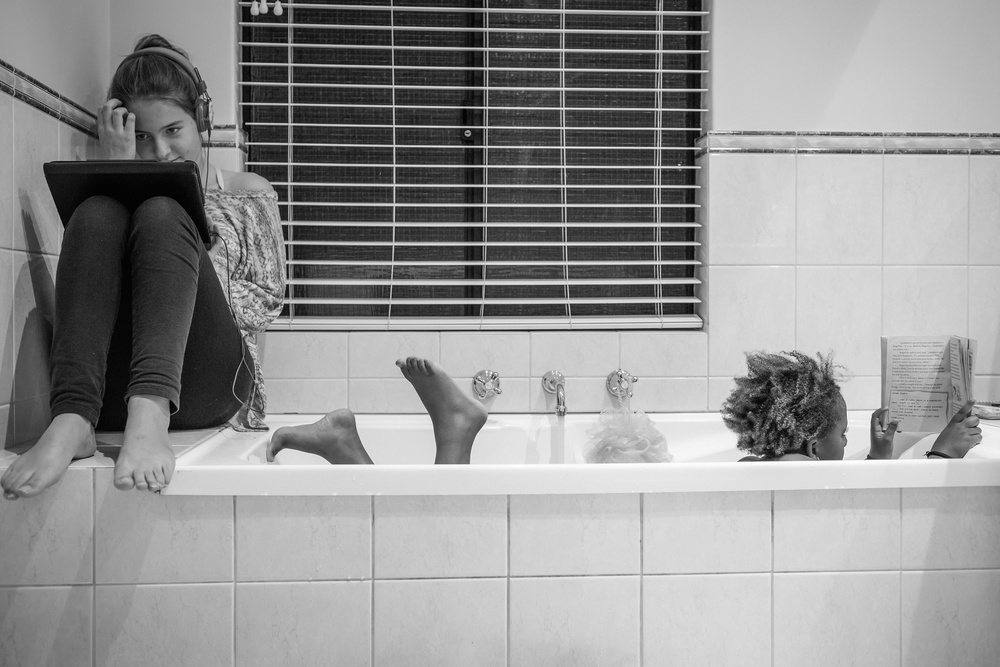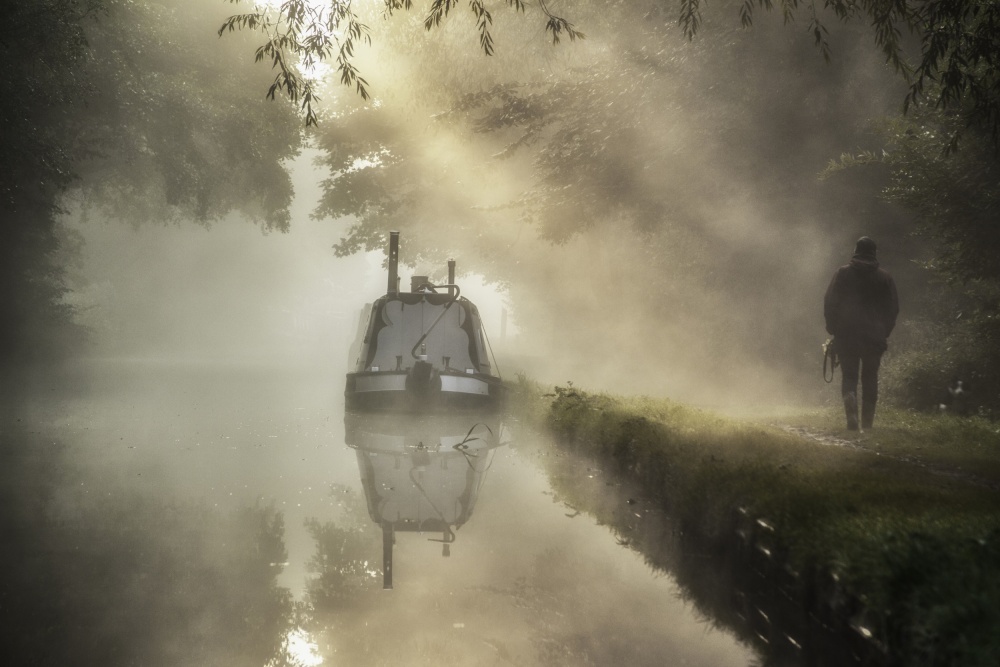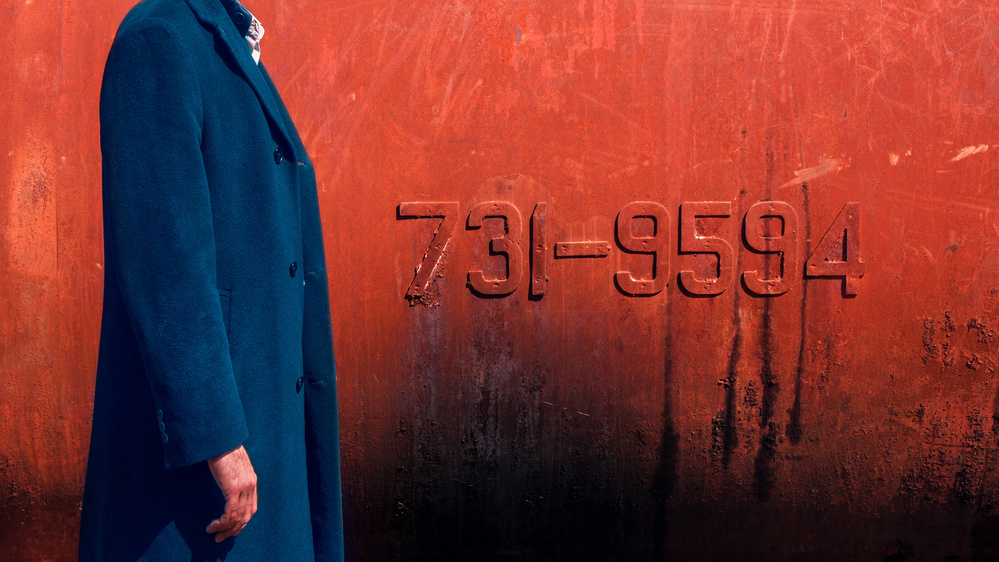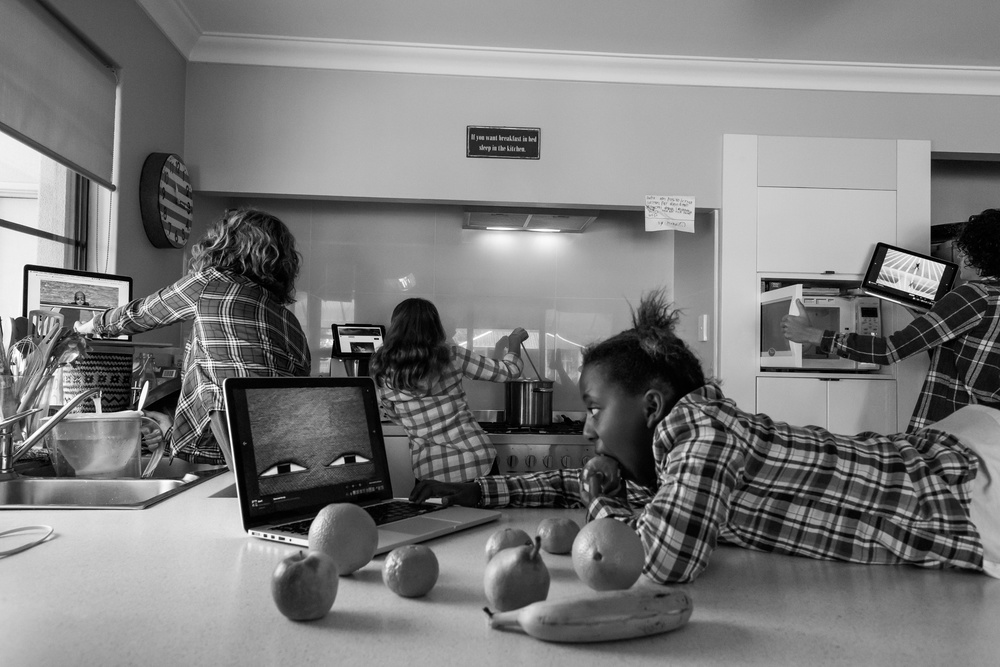Tips & Tricks
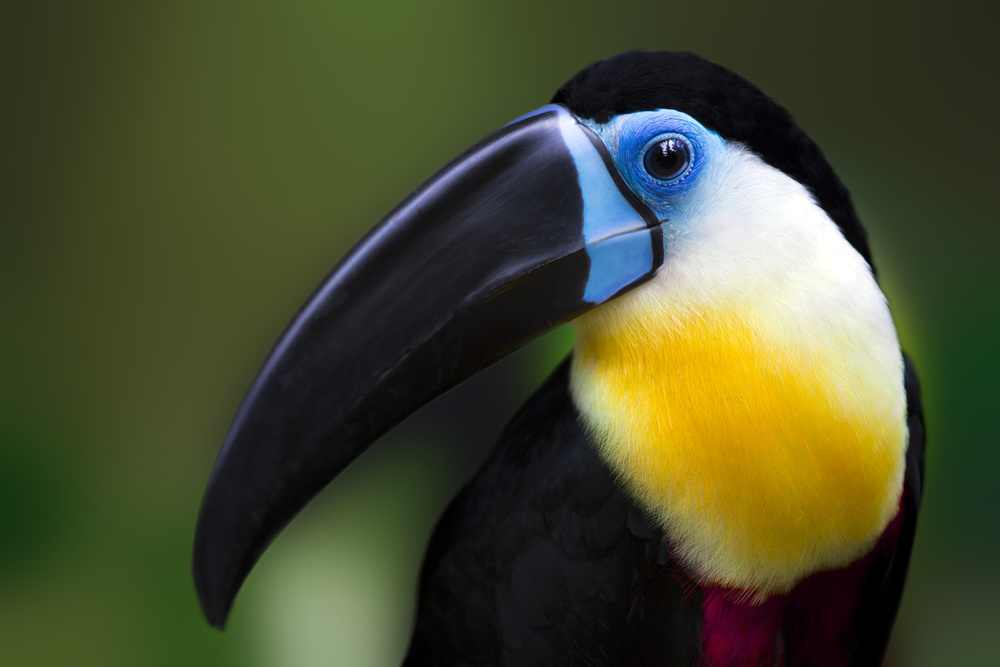
"Colour Perfect": Review by the Senior Critics
1x Blog-Tips & TricksPublished by Yvette Depaepe in collaboration with Theo Luycx, Head of the Senior Critics.
1x has a unique feature the founders are very proud of: the photo critique.
Members can submit pictures to a team of knowledgeable senior critics. Their feedback is useful, interesting and enriching even for the best of us.
Critique on the photo ”Colour Perfect” submitted by Kenneth Nielsen
I am trying a lot of animal photography and I like it a lot :) I have got a lot of help on my other photos here, and it has been great. Hope you would help me nitpick this one as well :)Camera settings: F/4, 1/200s, 184mm, ISO400.I would have loved to have the tip of the beak in focus.This beautiful bird was so curious that it came so close I could almost touch it. Amazing.
___________________________________________________________________________________
Senior Critic Alfred Forns
It is some spectacular bird, love the colours and mood.
Nothing much to say except you specific question regarding the tip of the beak being sharp, will jump right to it. Normally we think of depth of field increase which does help but normally will never be enough with something this big and close to the film plane. As is, does not look bad since you have such a sharp eye and all the focus goes right to that eye, taking way attention from the bill.
For having the tip of the beak sharp, you need to figure the depth of field from the buldge of the eye to the tip of the beak, both must be in the same plane and will work. Slight more of a head turn away from you would have done the trick.
With many birds, you will find using this technique, both the eye and tip of the beak will be in perfect focus (critically sharp) but if you look at the middle section, there will be some area that are not. That is fine, nobody will be looking at the center part. Going back to the depth of field setting, for portraits, would use as much as I can get away with without disrupting bringing detail into the background.
One last point, the only area I would have tried avoiding if possible, the white under the tip of the beak, anything white in the background will detract from an image.
Kenneth Nielsen
Thanks a lot for the feedback. This is one of my first bird photos ever, and I can see in a lot of other bird photos, this you talk about, with the beak and eyes in the same plane. I will try to remember this and try to achieve it :) Yeah I can see what you mean about the white spot, I will try to dim it a bit.
___________________________________________________________________________________
The peak in focus would have removed a lot of tension on the eye, and would also have increased the white spot. This would have deteriorated the image.
So both the blur and the colours always take us to the eye and the gaze of the bird towards the viewer. In this way the composition is interesting. On the other hand the whole set adds a pleasant sensation and mood. I think that is a good work Kenneth. Nice bird.
___________________________________________________________________________________
Senior Critic Calin Hanchevici
It is a great shot, the bird is fully in focus, looking at us. There is light in the eye, the feathers are clearly visible, and the background is uniform.Alfred has provided great feedback already, and I have little to add.
On my display I see some artefacts resembling Newton rings. They appear everywhere in the green areas. I suspect they are from some contrast enhancement you have applied. They can also appear if you are processing in 8bit, or if you apply gradients.
As far as composition goes, the bright spot under the beak is a bit distracting, and maybe you can try to tone it down. This is just nit-picking!
Kenneth Nielsen
I own this laptop, with a not that great screen, so I can't see the rings, but nice to know they are there.. I did use quite a bit contrast, because the background was boring ! Heh. I tried to remove some noise in the background as well, maybe this could be a source for the newton rings? Yeah the bright spot caught my attention after you guys mentioned it. And I really hate that part now. I like the nit-picking! A photo can't be perfect, but you can do a lot to try to make it perfect.
___________________________________________________________________________________
Senior Critic Norman Gabitzsch
It is as if this beautiful bird is posing for you. This is a wonderful capture with a pleasing colour palette and crispness (with the exception of the beak as you have printout). The composition is well balanced although I think a mirror image flip would "read" better. Let me explain.
As children we learn to write from left to right, long before we are exposed to art. As a result our society tends to read images from left to right in the same way we read the written word. If you made a mirror image flip of this photo, then I would start the read at the eye, then work down the beak, then over to the red patch and up the yellow neck. I think this would be more pleasing.
A second point that I see is a small bright "halo" underneath the beak. We see this often with modern processing (and I have created many more disturbing than this one). The "halo" comes from dynamic processing (parameter changing the processing spatially). The best solution is to figure out which processing step caused the halo (which processing package did you use), and then apply that process in a local fashion rather than over the whole frame.
If you are good at processing you can sharpen the beak artificially. If you are interested I can go into more detail on how to do this.
Finally, there is a dark zone in the background between the beak and the dark body. I would brighten (dodge) this zone a little to give the beak better Figure-To-Ground.This is a very nice image that could use a little more work on some small details.
Kenneth Nielsen
I tried to compose this after the Fibonacci spiral , maybe I should just go for the normal left to right golden three thirds . My screen is a bad laptop screen, so I can't see the halo unfortunately - But I will try to see if I can fix the area a bit. I have had so much focus on the white spot that I haven't been looking at that dark spot... Thanks for pointing it out.
___________________________________________________________________________________
Senior Critic Mike Kreiten
This is indeed a brilliant catch. Though I perfectly understand Kenneth's opinion, I believe the colour of the eye will lead the viewer there nevertheless, especially since the beak is almost black on (quite dark) green. What I would suggest is not to flip the picture horizontally, though Norm is right. This way we pass the beak when reading from left to right anyhow.
If you wanted to have the beak all sharp, I can recommend focus stacking. Like people use in macros or product photography. I used it in my "Lily scheme" because it was not possible to get all three flower stalks sharp.
Your birds beak is sharp in the upper 60% roughly, I assume the bird was quite relaxed and did not move quickly? Time for a second shot could be given, focussing on the lower third of the beak. Photoshop is pretty good in merging these pictures together, and then you mask off, respectively "in" (my preferred solution) where needed. Usually these are the little glitches (if it was one) you only discover when working on the photograph later on. But next time you may know about the option and possibly try it.
Kenneth Nielsen
I did some focus stacking a couple of years back in my landscape era. Though I would find it a bit hard to do it with this bird, because it was quite active. It came to us, like "smelled" us in some way, then flew back, came towards us again, and then went back.. This went on for like 5 minutes. The funniest thing I have ever seen. I have a picture where I play peek-a-boo with it on a branch as well. I need to learn to do the focus stacking a bit quicker.
. '

